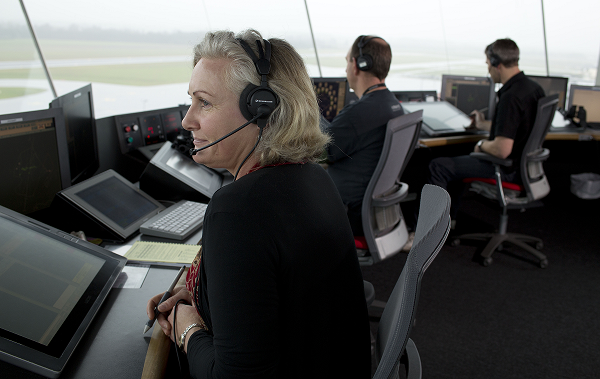Airspace Q1 2019 – A collaborative global response – Angela Gittens, Director General, ACI World

Airspace asks Angela Gittens, Director General, ACI World, why airport investment needs the right framework to facilitate capacity.
According to ICAO’s most recent safety report, 2017 was the safest year on record for aviation. This outcome is the culmination of decades of fruitful collaboration among airports, air navigation services, airlines, regulators, manufacturers and other partners and stakeholders in the aviation ecosystem.
That collaboration has led the industry to better understand the vulnerabilities we face while also allowing us to improve our services to better accommodate the growth in passenger and freight demand. In addition to being the safest form of transport, the air transport industry continues to play a major role in global economic activity and the development of communities.
According to the latest ACI World Annual Traffic Report, passenger traffic posted annual growth rates above historical averages in recent years. International travel and tourism have remained irrepressible. Global passenger traffic grew 6.5% in 2016, reaching 7.7 billion passengers. Passenger numbers continued to increase robustly in 2017, reaching 8.3 billion passengers – a figure representing 7.5% growth year-over-year, one of the strongest annual growth rates on record.
In 2017, 120 million tonnes of cargo moved through airports, an encouraging increase of 7.7% from 2016 and a global record. That being said, the forecast doubling of air traffic demand in the next 16 years is a challenge for every segment of the industry. How will airports accommodate that level of growth and what can governments do to enable that accommodation?
At a minimum, three objectives must be targeted. The first is efficiency or how we can use the infrastructure we already have to the optimal extent. The second objective is protection – through policy or regulation – of the infrastructure we have so that airports have permission of stakeholders such as communities around airports to use the infrastructure to the optimal extent. The third is about building new infrastructure, finding the land for it, getting permission to use it, and paying for it.
With respect to efficiency, ACI and the industry have worked with ICAO to introduce data-driven aerodrome design provisions that enable airports to gain more capacity with existing airfield infrastructure. As well, we are working now with IATA on a strategic review of the worldwide slot guidelines with the intent to gain better use of existing airport infrastructure.
The industry has now accepted that substantial change in the way we conduct common processes at airports is required if we are to meet future demand. Protection of the infrastructure, mainly against constraints on use due to concerns of noise, emissions and other local impacts means working with communities and governments. Airports must remain good neighbors and communities need to help by instituting responsible land-use planning. We have seen situations where local governments yield to the short-term seduction of incompatible development near airports, which ultimately leads to restrictions on airline operations or operating hours.
The aviation industry has committed itself to tough environmental stewardship goals, with airports striving for carbon neutrality and dedicating considerable resources to reduce the adverse impacts of noise on surrounding communities and to avoid degradation of local air and water quality. At the same time, airports need to become more resilient in the face of adverse weather conditions that result from climate change.
Even with advances in efficiency and the protection of the use of current infrastructure, there will still be a need for additional infrastructure, as well as replacement of old infrastructure, both of which take years to plan and construct. Globally, airports project a need of some US$430 billion in capital expenditures to welcome the passengers of the future and provide the best experience possible.
Funding airport investment may come from the public sector, the private sector or a mix of the two. The last 30 years demonstrates that privatisation is a useful means to fund needed infrastructure development, with airports with private sector participation investing 14% more in capital expenditures than airports with only government sector participation.
Securing the overall bankability and financial sustainability of a project from the private investor perspective, however, requires setting the right legal framework from the very start of the privatisation process as well as ensuring transparent and competitive selection processes. Any economic oversight, if needed, should provide for the appropriate tools for recovering the cost of the investment including a reasonable return proportionate to the level of risk taken. Disproportionate efforts to restrict or regulate the airport business should be avoided, especially considering that airport charges have remained both stable and reasonable in response to the strong competitive pressures that now shape the airport industry.
All this just reinforces that fact that air transportation is a system, a system that works best when all stakeholders and partners work together. As an industry, to meet the challenges of the growing global demand for air services, we must continue to collaborate so that we can meet the needs of the local, regional and national communities we serve.



